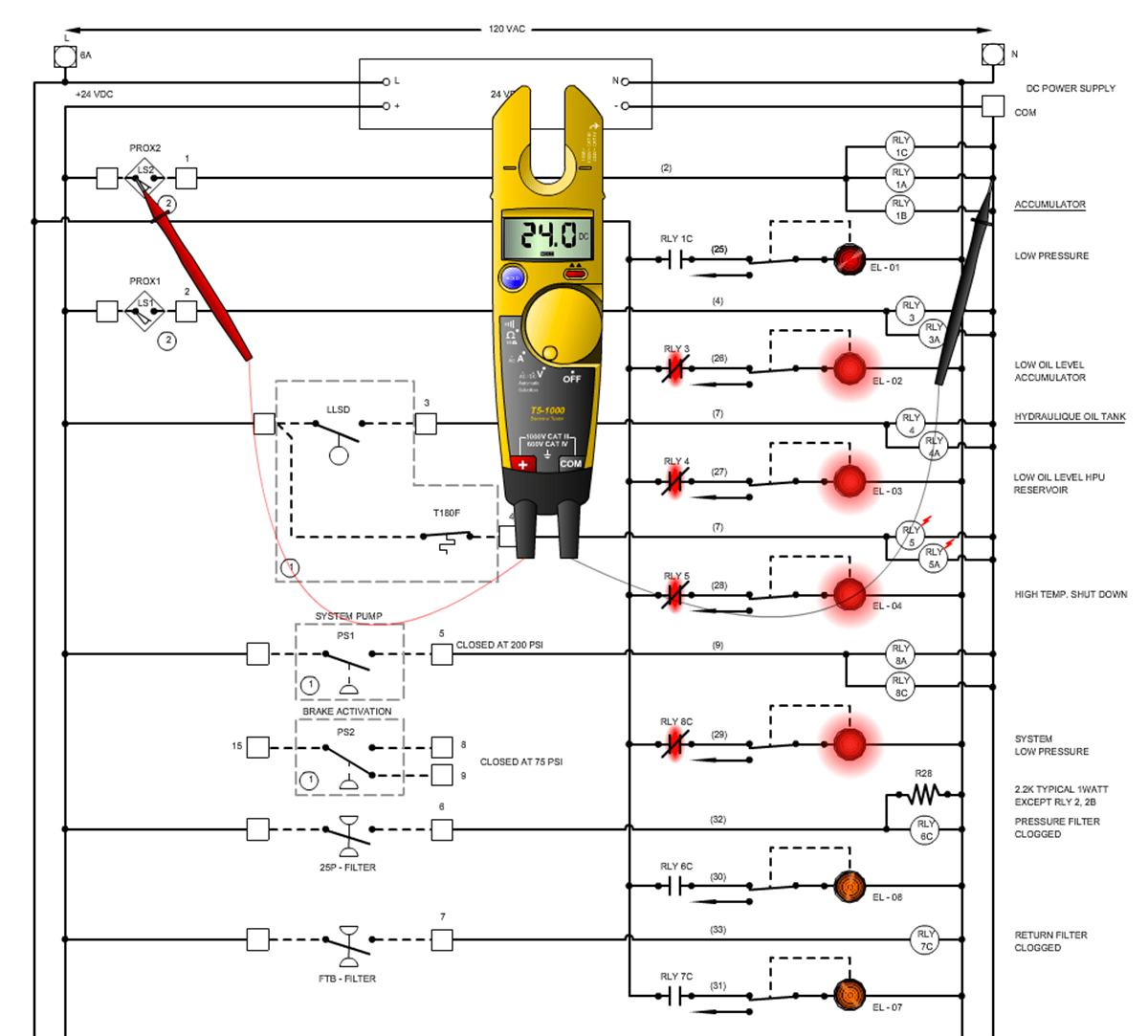Expert technical support for electrical industry challenges.
Expert technical support for electrical industry challenges.
Blog Article
Top Tips for Effective Electric System Troubleshooting
Fixing electrical systems needs a methodical strategy, grounded in a detailed understanding of electric principles and safety procedures. By acquainting oneself with circuit components, using necessary tools, and adhering to a structured evaluation method, experts can successfully recognize and solve concerns. Nonetheless, the subtleties of reliable fixing extend beyond plain technological knowledge; understanding exactly how to document searchings for and focus on security can substantially affect results. As we explore these essential elements additionally, it comes to be clear that understanding this process is not just helpful yet essential for success in the field.
Understand the Essentials
Recognizing the fundamentals of electrical systems is necessary for reliable troubleshooting, as a solid structure permits technicians to identify and deal with concerns extra efficiently. A comprehensive understanding of electric principles, such as voltage, present, resistance, and power, is crucial in identifying the source of issues. Voltage is the electrical potential difference that drives current via a circuit, while resistance opposes the circulation of current, affecting the total functionality of the system.
Familiarity with circuit components, consisting of resistors, capacitors, diodes, and switches, is additionally critical. Each part plays a distinct duty in circuit habits and can influence performance when malfunctioning. Furthermore, comprehending series and parallel circuit configurations is vital, as these arrangements affect the circulation of voltage and current within the system.
Specialists need to be conscious of potential hazards, such as shock and short circuits, to implement risk-free troubleshooting practices. By understanding these foundational concepts, specialists boost their capability to carry out efficient diagnostics and repair work, eventually leading to improved performance and dependability of electrical systems (electrical system troubleshooting).
Gather Necessary Devices
Reliable troubleshooting of electric systems requires the appropriate collection of devices to detect and resolve issues precisely. Essential tools include a multimeter, which measures voltage, present, and resistance, allowing for exact analyses of electrical elements.
In addition, shielded hand tools such as screwdrivers, pliers, and wire pole dancers are essential for safely adjusting electrical connections. It is additionally suggested to have a circuit tester available to confirm the presence of voltage in outlets and cables. For more complicated systems, a thermal imaging video camera can help detect overheating elements, indicating prospective failures.

Comply With an Organized Method
Having actually gathered the ideal tools, the next action in repairing electrical systems is to follow an organized method. A methodical technique guarantees that professionals can identify mistakes successfully and properly, decreasing downtime and stopping unnecessary repair work.
Begin by examining the system's schematic diagrams and requirements. This entails checking each component systematically, beginning from the power source and working towards the load.
Make use of testing tools, such as multimeters and oscilloscopes, to collect objective data regarding voltage, existing, and resistance at various factors within the system. This empirical proof will lead your troubleshooting efforts and aid to validate or remove prospective reasons for failure.
Additionally, think about ecological aspects that may affect the system's efficiency, such as temperature changes or wetness ingress. A thorough inspection of electrical wiring, connections, and elements will guarantee that all possibilities are accounted for.
File Your Searchings For
Detailed paperwork is important in the troubleshooting procedure of electrical systems. This method not just aids in comprehending the origin cause of the issue but also offers as a referral for future troubleshooting efforts.

Additionally, preserving a log of parts changed or fixings performed is vital. This details sustains stock monitoring and can help evaluate the durability and reliability of details parts.
Ultimately, the documents procedure ought to be comprehensive yet concise, allowing very easy retrieval and evaluation - electrical system troubleshooting. By prioritizing thorough documents, professionals can develop a valuable data base that not only help in present troubleshooting but likewise equips future upkeep initiatives, thereby boosting total system reliability
Prioritize Precaution
Identifying the intrinsic threats connected with electric systems is crucial for making sure safety during troubleshooting. Electrical shock, burns, and tools damages are click reference just a few of the possible dangers that specialists deal with. Prioritizing security actions is not only a legal commitment yet also an ethical critical that safeguards both the specialist and the surrounding setting.
Before starting any kind of troubleshooting job, technicians need to wear ideal personal safety YOURURL.com devices (PPE), including insulated gloves, shatterproof glass, and flame-resistant apparel. Ensuring that the workplace is dry and without mess can substantially minimize the danger of accidents. It is necessary to de-energize circuits before beginning any kind of job, validating that they are not live with the use of a multimeter or voltage tester.
Developing clear interaction methods with group participants is additionally vital; this guarantees that every person understands potential hazards and the standing of the electrical system being functioned on. Finally, having an emergency situation response plan in learn this here now place can confirm invaluable in case of a case. By focusing on security procedures, technicians can efficiently alleviate risks and cultivate a much safer workplace.
Final Thought
Efficient electrical system troubleshooting depends on a thorough understanding of fundamental concepts and a methodical strategy. Prioritizing safety measures ensures the health of people included and the stability of the electric system.
Report this page